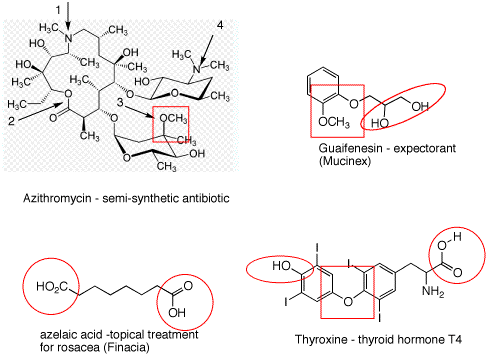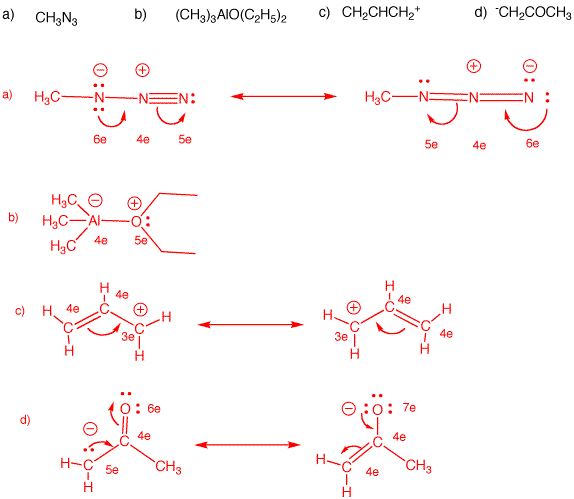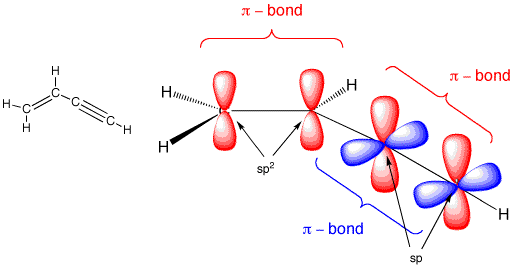Problem Set 1 - Solution Set
Chapters 1 and 2, Structure, Bonding, Reactivity
Due: Monday, September 14, 2009
John Dalton (1766-1844) John Dalton's formulation of an
Atomic
Theory in the first decade of the
19th century provided a theoretical basis for understanding
chemical behavior. In addition to defining the Law of
Multiple Proportions, he also formulated the Rule of
Greatest Simplicity, which held that water was a binary
compound, OH. (Note: Dalton did not use our modern symbols,
which came to us from Berzelius,
but rather
circles that were distinguishable
from one another.) Dalton established the combining masses
of H to O in water as ~1:6. This ratio was later refined to
1:8. Dalton postulated that in a molecules comprised of two
different atoms, the simplest one in the series would be
binary. While this rule applied to CO and CO2, it
did not apply to the pair, water and hydrogen peroxide.
Thus, water, according to Dalton, was OH. The
Rule
of Greatest Simplicity, which was
at odds with Gay-Lussac's
Law of Combining Volumes of Gases, which demonstrated that
the volume of hydrogen produced upon electrolysis of water
was twice that of oxygen, was dismissed by Dalton as a
faulty result. Moreover, although there was agreement
regarding the combining masses of atoms in the first half of
the nineteenth century, there was
disagreement as to the unit mass
of the common atoms encountered in organic chemistry:
hydrogen (1), carbon
(2x6 or 1x12), oxygen (2x8 or
1x16). Since hydrogen was the lightest of the elements, it
was assigned a mass of one (Prout's
Hypothesis), a notion that is
unrelated to today's mass of hydrogen owing to the presence
of a single proton in the hydrogen nucleus. Berzelius's
proposal of a mass scale based upon O = 100 would have
worked as well. For a Brief History of Organic Chemistry
(PowerPoint), click
here.
b) How many carboxyl groups are
present in the four structures? Circle them.
See the circled
groups below. c) Ethers
(squares in
structures below) can be of three
types: dialkyl, alkyl-aryl (aromatic) or diaryl.
Locate at least one of each type of ether amongst
the four structures.
Dialkyl
ethers: #3 in azithromycin. (Note: There are
two six-membered rings in azithromycin that bear what
looks like a cyclic ether. Because there is an oxygen
attached to one of the carbons adjacent to the ring
oxygen, the reactivity of these "ethers" is very
different from normal ethers. These groups are acetals.
Alkyl-aryl ethers: There are two in guaifenesin.
Diaryl ethers: thyroxine.
1. a) Identify the
four functional groups in azithromycin marked by arrows.
1 and 4 are
amines (amino group). 3 is an ether. 2 is an ester
(carbalkoxy group; when an ester is part of a ring, it is
called a lactone.) See the front, inside cover of Wade
and Chapter 2
d)
What is the structural difference between an
alcohol and a phenol? Locate these groups in
guaifenesin and thyroxine.
In alcohols,
the -OH group is attached to an alkyl carbon. In phenols,
it is attached to an aromatic (phenyl) ring. Alcohols
have pKa's in the range of 16-18. Phenol itself has a
pKa=10. Phenols are more acidic than
alcohols.


